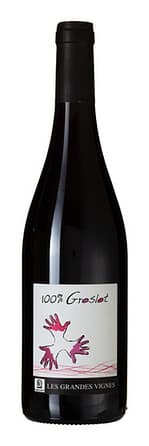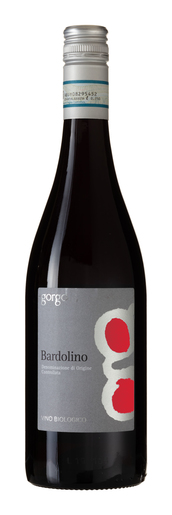At Oslo’s Territoriet wine bar they served this delicious wine. We enjoyed it outdoor in September, my brother and I. It is categorized as a rosé. That is, technically it’s a white wine, because pinot grigio sorts under that category. But many will know that the grape can have many red pigments, and with extended skin-contact the colour will appear.
Villa Job’s 6 hectares of vineyards are located on the Friuli Pozzuolo plateau, 90 meters above sea level. The soils here are complex, with sand, silt, clay, sandstone and marl. These vineyards have been in the Job family for generations.

Today Alessandro and Lavinia Job are farming biodynamically. The wine is made with native yeasts, and very little sulphites, if any. Long maceration in old barrels on skins is necessary to get what they consider to be the best expression of the grape. Here it lasted for 60 days. It’s spontaneous fermented, with natural malolactic fermentation in cement. The wine is unfiltered, and barely sulphured.
Guastafeste 2016 (Villa Job)
Salmon pink. Aroma of strawberry, raspberry and white flowers. Juicy, but also with good concentration, some very fine tannins, and a very pleasant acidity in a long finish.
Price: Medium
Food: Light meat, white and red fish, pasta, salads
Leave a Comment












